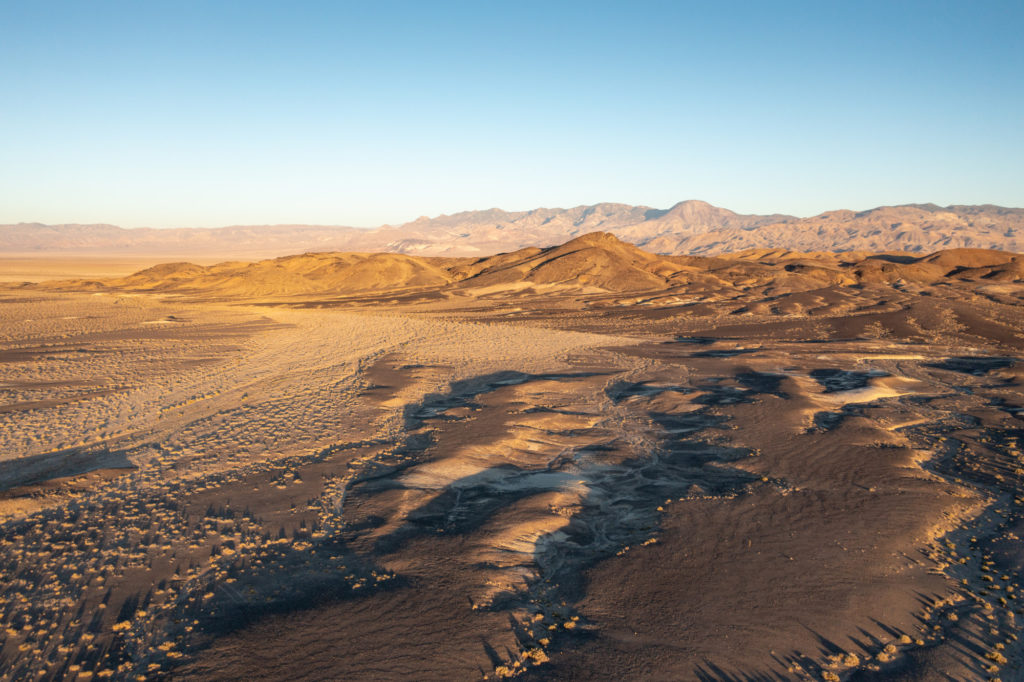Century Lithium shares down despite Clayton Valley project feasibility milestone


Century Lithium's (TSXV: LCE; OTCQX: CYDVF) 100% owned Clayton Valley project in Nevada has now reached the feasibility stage after more than two years of piloting its patent-pending chloride leaching process combined with direct lithium extraction (DLE) for battery metal recovery.
The feasibility study supports Century Lithium's three-phased production plan for the Clayton Valley project that is estimated to generate a life-of-mine average of 34,000 tonnes per annum of battery-quality lithium carbonate (Li2CO3).
Production will come from a mineral reserve base totalling 287.7 million tonnes at an average grade of 1,149 ppm lithium containing 330,000 tonnes of lithium, or approximately 1.8 million tonnes of lithium carbonate equivalent.
The project will start out with a production capacity of 13,000 t/y during Phase 1, then ramp up to 28,000 t/y in Phase 2, and finally, 41,000 t/y in Phase 3. Phases 1 and 2 are maintained over five years each, while Phase 3 is maintained for 30 years, for a total mine life of 40 years.
Capital cost for the initial phase is estimated at over US$1.5 billion. The latter two phases will cost US$650 million and US$1.3 billion, respectively; expansions will be capitalized with project cash flow.
Clayton Valley's after-tax net present value, at an 8% discount rate, is estimated at US$3 billion, with an internal rate of return of 17.1%. These are calculated using price assumptions of $24,000/t for Li2CO3 and $600/t for sodium hydroxide (NaOH), a product of Century's chloride-based leaching process.
In late 2020, the company shifted from using sulphuric acid to extract lithium at Clayton Valley and began to test hydrochloric acid for its improved compatibility with the deposit's chemistry. The benefits included higher lithium extractions, lower reagent consumption and the ability to use certain DLE technologies.
A key component of the project with chloride-based leaching is a chlor-alkali plant, which provides the ability to produce the key reagents hydrochloric acid (HCl) and sodium hydroxide (NaOH) on-site from the electrolysis of a sodium chloride (NaCl) solution.
According to Century, the chlor-alkali plant represents a greater capital investment relative to that of a sulphuric acid plant, but has important environmental and economic benefits for the sustainability of the project.
Additionally, the chlor-alkali plant will generate significant quantities of NaOH surplus to the project's operational needs and therefore available for sale, helping to offset the lithium operation's costs.
In Monday's news release, Bill Willoughby, CEO of Century Lithium, said "the study indicates our project has robust economics, made possible with our unique chlor-alkali and DLE processes."
"Our process technology was developed by way of many trials and successes at our pilot plant in Amargosa Valley. As one of the few lithium-focused pilot plants in North America, we continue to operate safely and recently passed two years of testing," he added.
A lithium recovery rate of 78% was used in the feasibility study, based on data collected in over two years of operations at the pilot plant; lithium extractions averaged 88% and DLE lithium recoveries were typically above 90%.
With the feasibility study completed, the company said it will now direct its focus on engineering and permitting, and at the same time, advance funding discussions to move the project forward.
Shares of Century Lithium were down 9.5% to $0.64 apiece by 10:00 a.m. ET following the latest milestone update. The company has a market capitalization of $95.2 million.
Comments